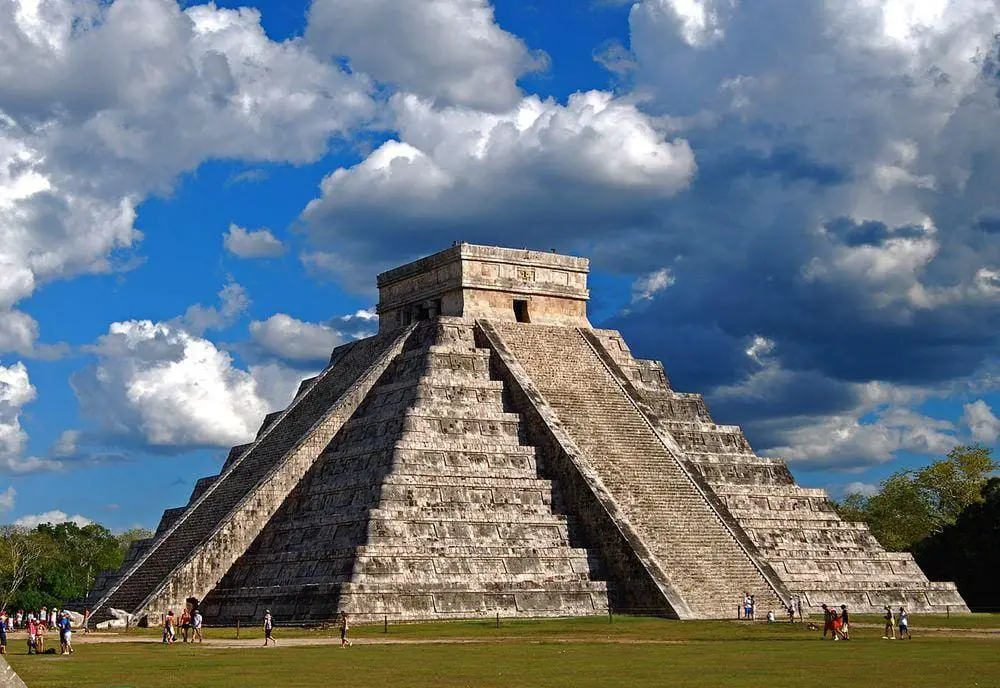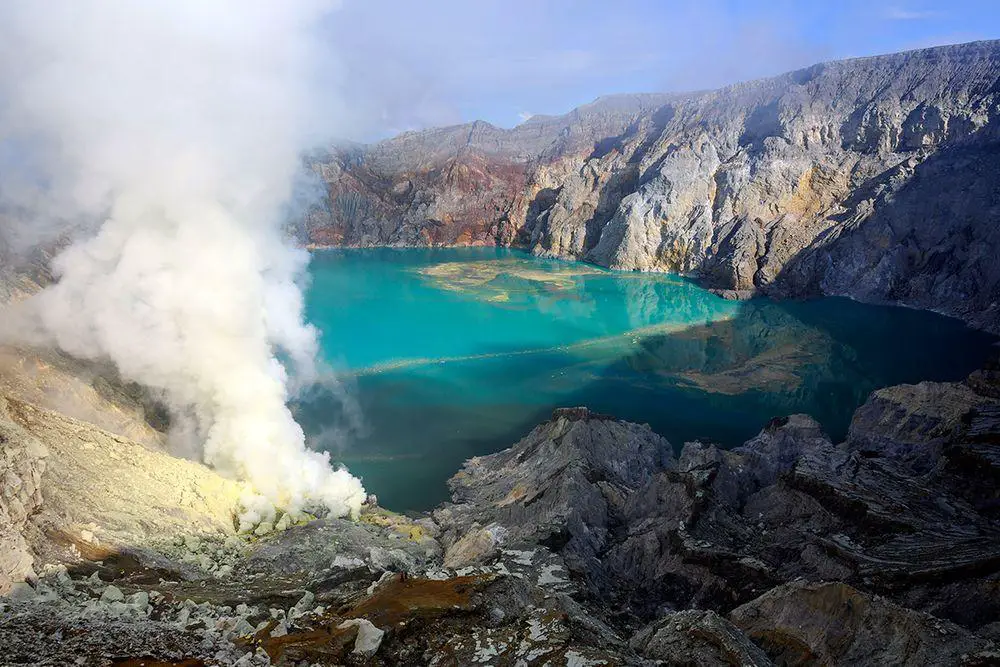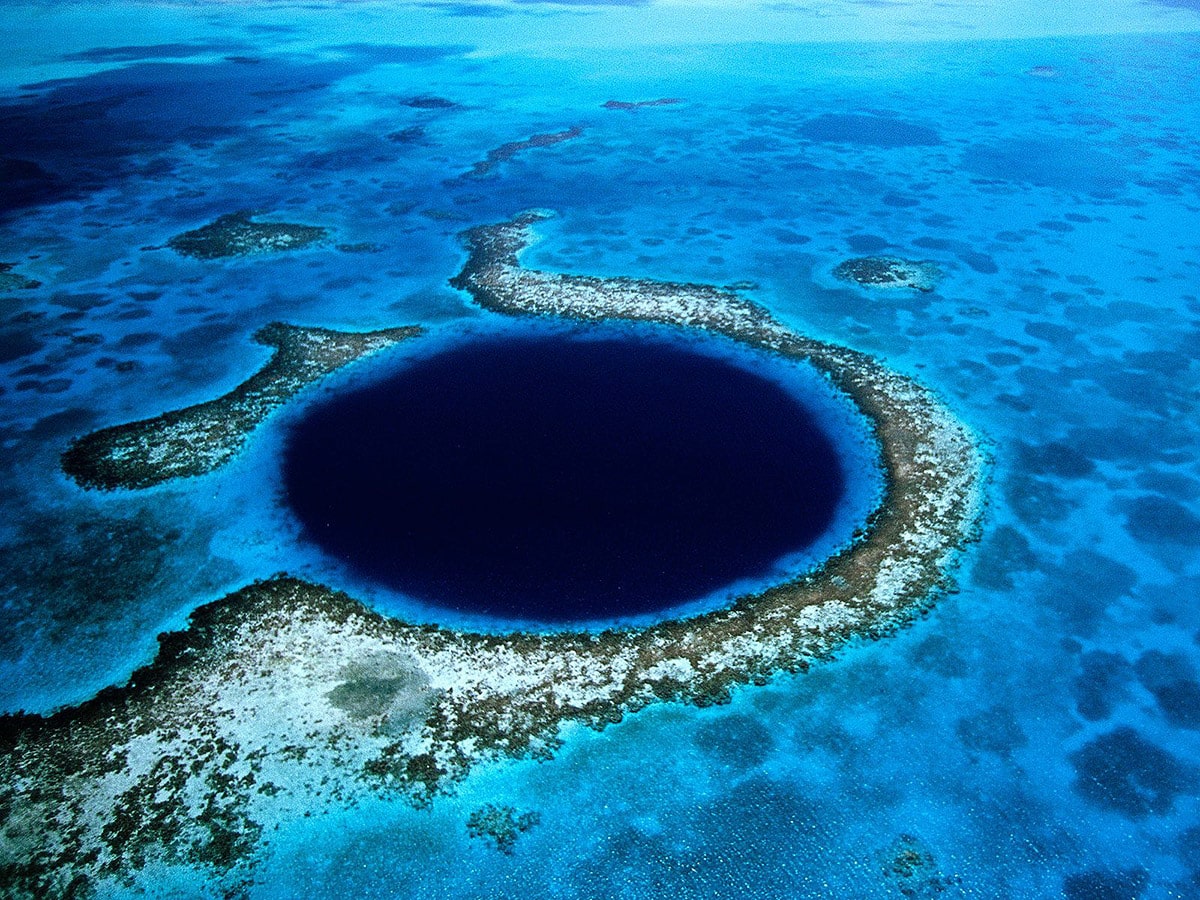World 🢖 North America 🢖 Mexico 🢖 Tamaulipas
Sinkholes 🢔 Caves 🢔 Geological wonders 🢔 Categories of wonders
Wonder
Poza Garapata, Sistema Zacaton
 33.8%
33.8%
GPS coordinates
Location, address
Depth
Map of the site
If you see this after your page is loaded completely, leafletJS files are missing.
 In detail
In detail
Sistema Zacatón is an area with incredible characteristics unparalleled in the world. In total area contains some 20 unusual features – sinkholes, caves, springs created by deep groundwater heated by volcanic processes. Karstification processes here continue today as well – acidic groundwater continues to strip away the limestone and deposits it in unusual travertine formations.
Sinkhole with a secret
Surface of Poza Garapata – a rounded sinkhole – is covered with dense vegetation. It is hard to access – sides of the sinkhole are steep and covered with even more dense, thorny vegetation. As it is usual in the thickets of Sistema Zacatón, there are many ticks – hence the name of the sinkhole.
Most likely the even bottom if this seemingly simple landmark is just a few meters thick layer of travertine with an enormous body of clear water below it – not too far is the unique Poza Seca – very similar sinkhole covered with travertine lid and hiding unknown organisms in the water below it.
References
- Marcus Gary, Poza Garapata, Sistema Zacatón, research homepage. Accessed in the 23rd June 2010
 Linked articles
Linked articles

Wonders of Mexico
Few countries in the world can offer such an array of unique and astounding attractions as Mexico.
The area of this country was the cradle of several highly developed indigenous civilizations and some regions in the country are dotted with remnants of ancient cities with temples, palaces, and pyramids.

Lakes and streams
There are many factors that can make lakes, sea bays, or rivers unusual. Some lakes have unusual chemical properties and even do not contain water at all – such as lava lakes. Others may have unusual animals living in them or… legends about such animals.

Sinkholes
This category includes outstanding sinkholes – large natural depressions or holes, which for most the part represent collapsed caves.
 Recommended books
Recommended books
Hypogene Karst Regions and Caves of the World
This book illustrates the diversity of hypogene speleogenetic processes and void-conduit patterns depending on variations of the geological environments by presenting regional and cave-specific case studies. The cases include both well-known and newly recognized hypogene karst regions and caves of the world. They all focus on geological, hydrogeological, geodynamical, and evolutionary contexts of hypogene speleogenesis.
Encyclopedia of Caves and Karst Science
The Encyclopedia of Caves and Karst Science contains 350 alphabetically arranged entries. The topics include cave and karst geoscience, cave archaeology and human use of caves, art in caves, hydrology and groundwater, cave and karst history, and conservation and management. The Encyclopedia is extensively illustrated with photographs, maps, diagrams, and tables, and has thematic content lists and a comprehensive index to facilitate searching and browsing.


